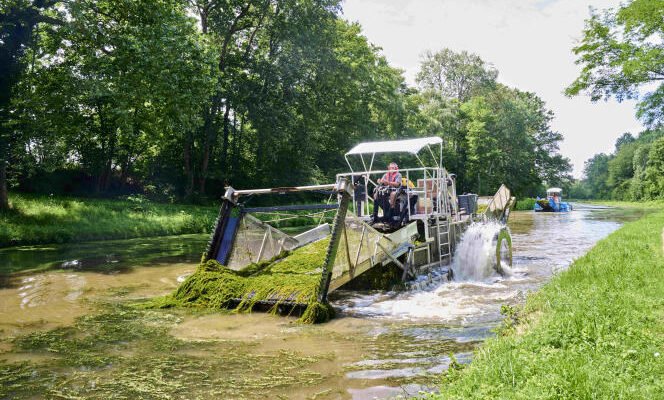They are less spectacular than an earthquake, less brutal than a storm. However, invasive alien species can have consequences just as important as natural disasters: according to a study published in the April-May issue of Perspectives in Ecology and Conservation, Biological invasions have caused, over the past forty years, financial losses equivalent to those caused by earthquakes, cyclones, droughts or fires.
For researchers from the CNRS and the University of Paris-Saclay, this order of magnitude should make it possible to draw attention to this phenomenon and to provoke a political leap forward. “Natural hazards can be disastrous phenomena, just like biological invasions, they write. Yet awareness of these invasions is low, and investments to address them remain vastly underfunded and pushed back. »
From several global databases, scientists were able to compile the costs of different natural hazards and biological invasions – invasive species are defined as having been introduced by human activities and having harmful impacts on society and the environment. . As a result, between 1980 and 2019, financial losses due to invasive species amount to 1,200 billion dollars, against nearly 1,900 billion for storms and around 1,100 billion for earthquakes or floods, 244 billion for droughts or 140 billion for forest fires.
For biological invasions, the amount is largely underestimated, as no impact has ever been studied for more than 90% of invasive species. “The interest of this study is not to establish a hierarchy between the risks, but to show the extent of the problem, because the subject of invasive alien species is not yet well known by citizens nor well quantified. by experts »observes Arnaud Albert, project manager and researcher on invasive alien species at the French Office for Biodiversity, who did not participate in the study.
“The impacts of biological invasions are difficult to compare, also explains Franck Courchamp, ecologist and researcher at the CNRS and author of the article. The economic dimension allows us to convey a message, but also to have a single metric to assess the different effects. »
“The cost of inaction is very high”
You have 45.45% of this article left to read. The following is for subscribers only.
